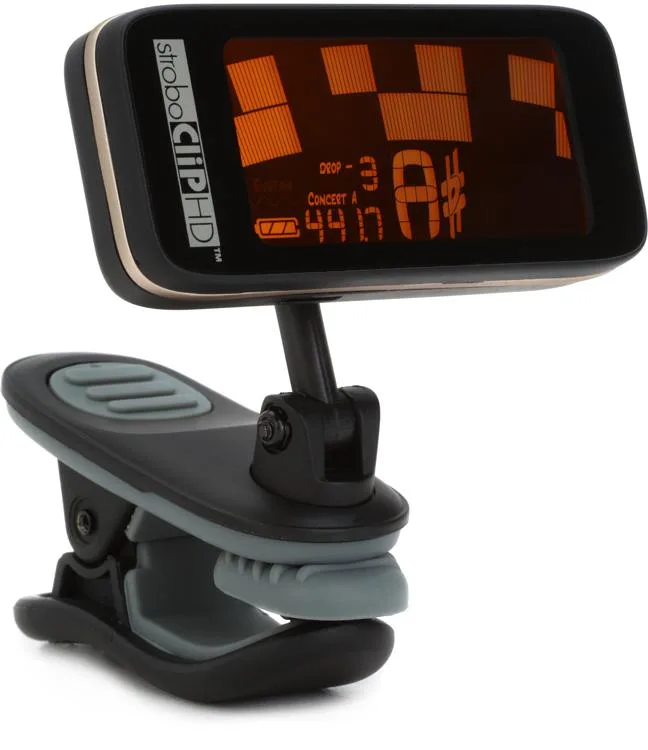Steve_Karl
Hero Member
- Messages
- 1,733
My learning experience today - Using a Peterson VS-1 - on a hard tail strat bridge with 2 screws per saddle.
D, A, were sharp - adjusted - Both, now, 'feel' more comfortable to play. Feel slightly lower or more "in place."
OK ... So ...
Low E reads good on the tuner - but I moved the saddle back a tad (2 times - top of wrench about 1/8" clockwise *** each time) to get it to feel more like the A and D. *** Note: Allen Key is 2.5" long.
G reads good on the tuner - moved the top of the wrench about 1/8" clockwise, moving saddle back a tiny bit to settle the feel.
Yes. More "in place."
B was sharp - got it feeling really nice with same approach.
Hi E reads good on the tuner but felt a bit "high" or stiff - Moved the saddle back by about the same amount - 1/8" turn and voi la!
Boom. It "feels" more laid "into place".
SO, what I'm discovering here is that on my Peterson VS-1 tuner there is a unknown range where the string will read as correctly intonated,
and with-in that, there is a range of distance, where I can adjust the feel of the string and still have the tuner see it as correctly intonated.
Moving the saddle back, "leaning" towards the flat side making the string length longer, makes the string feel easier to play, less "on top" (emotionally).
More greasy ... more bluesy.
I have to assume that I can also get the strings to feel more "on top" by adjusting in the other direction.
I'll probably try that eventually.
D, A, were sharp - adjusted - Both, now, 'feel' more comfortable to play. Feel slightly lower or more "in place."
OK ... So ...
Low E reads good on the tuner - but I moved the saddle back a tad (2 times - top of wrench about 1/8" clockwise *** each time) to get it to feel more like the A and D. *** Note: Allen Key is 2.5" long.
G reads good on the tuner - moved the top of the wrench about 1/8" clockwise, moving saddle back a tiny bit to settle the feel.
Yes. More "in place."
B was sharp - got it feeling really nice with same approach.
Hi E reads good on the tuner but felt a bit "high" or stiff - Moved the saddle back by about the same amount - 1/8" turn and voi la!
Boom. It "feels" more laid "into place".
SO, what I'm discovering here is that on my Peterson VS-1 tuner there is a unknown range where the string will read as correctly intonated,
and with-in that, there is a range of distance, where I can adjust the feel of the string and still have the tuner see it as correctly intonated.
Moving the saddle back, "leaning" towards the flat side making the string length longer, makes the string feel easier to play, less "on top" (emotionally).
More greasy ... more bluesy.
I have to assume that I can also get the strings to feel more "on top" by adjusting in the other direction.
I'll probably try that eventually.




